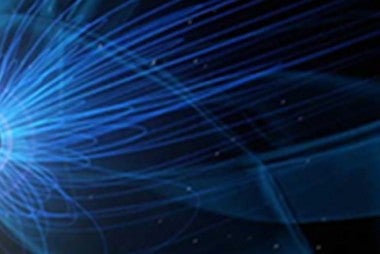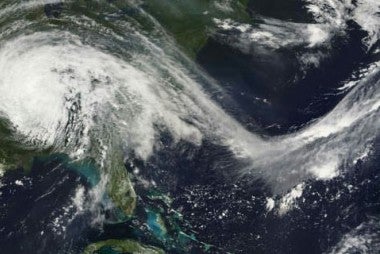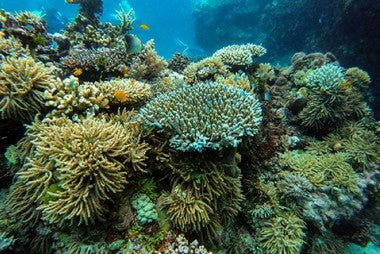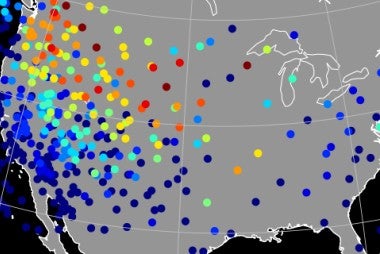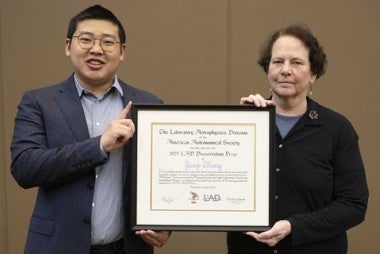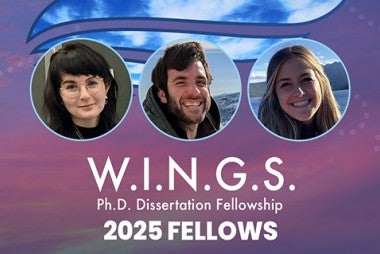CPAESS Discovery Seminar: Guided by Physics, Powered by AI: Physics-Informed Machine Learning in Solar Physics
Please join CPAESS for a virtual seminar talk with Dr. Robert Jarolim, NASA Jack Eddy Postdoctoral Fellow
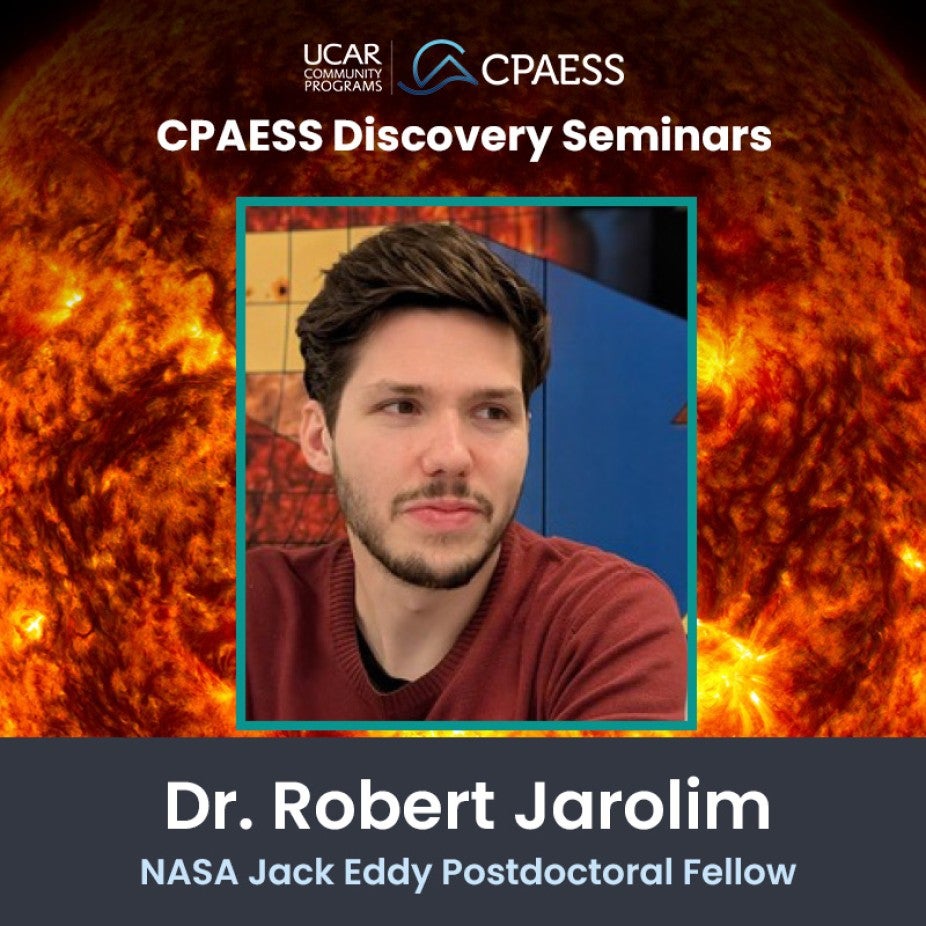
Title: Guided by Physics, Powered by AI: Physics-Informed Machine Learning in Solar Physics
When: Wednesday, May 21, 2025
11:00 AM MT (Virtual)
About Dr. Robert Jarolim
Robert Jarolim is a NASA Jack Eddy Postdoctoral Fellow at the High Altitude Observatory in Boulder, Colorado. He completed his PhD in 2023 at the University of Graz in Austria and received the ESPD–Patricia Edwin Award, the PhD Prize of the International Astronomical Union, and the Josef Krainer Promotional Award for his thesis. With a background in physics and computer science, Robert has contributed to the field of AI in solar physics, particularly in the areas of automatic feature detection, solar image enhancement, and data-driven simulations. His research topics include coronal holes, solar flares, coronal mass ejections, and ground-based solar observations. His recent publications focus on the use of physics-informed neural networks for magnetic field simulations and tomographic reconstructions of the solar atmosphere.
Description
-
We apply PINNs for coronal magnetic field extrapolations of solar active regions, which are essential to understand the genesis and initiation of solar eruptions and to predict the occurrence of high-energy events from our Sun. With this approach, we achieve the first method that can perform realistic coronal magnetic field estimates in quasi real-time, enabling advanced space weather monitoring.
-
We present a method for 3D tomographic reconstruction of the plasma distribution in the solar corona based on multi-viewpoint imaging data. This approach provides unprecedented views of the solar poles and enables detailed reconstructions of coronal structures, filaments, coronal holes, and coronal mass ejections.

